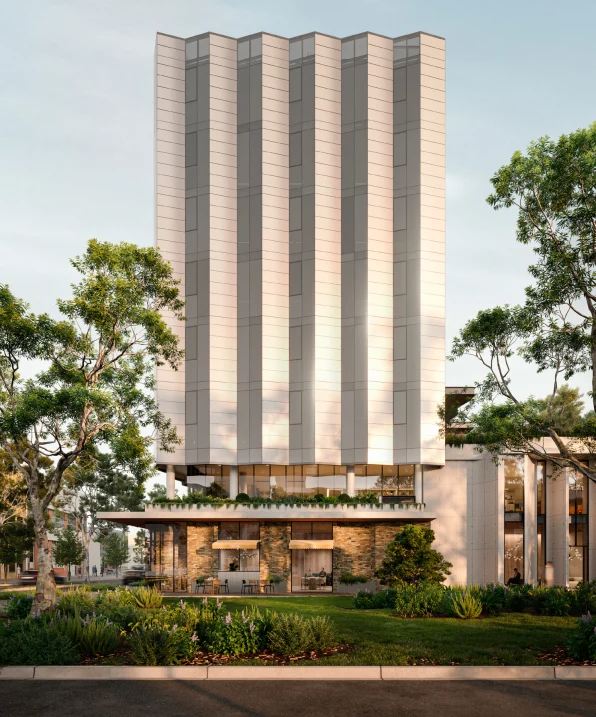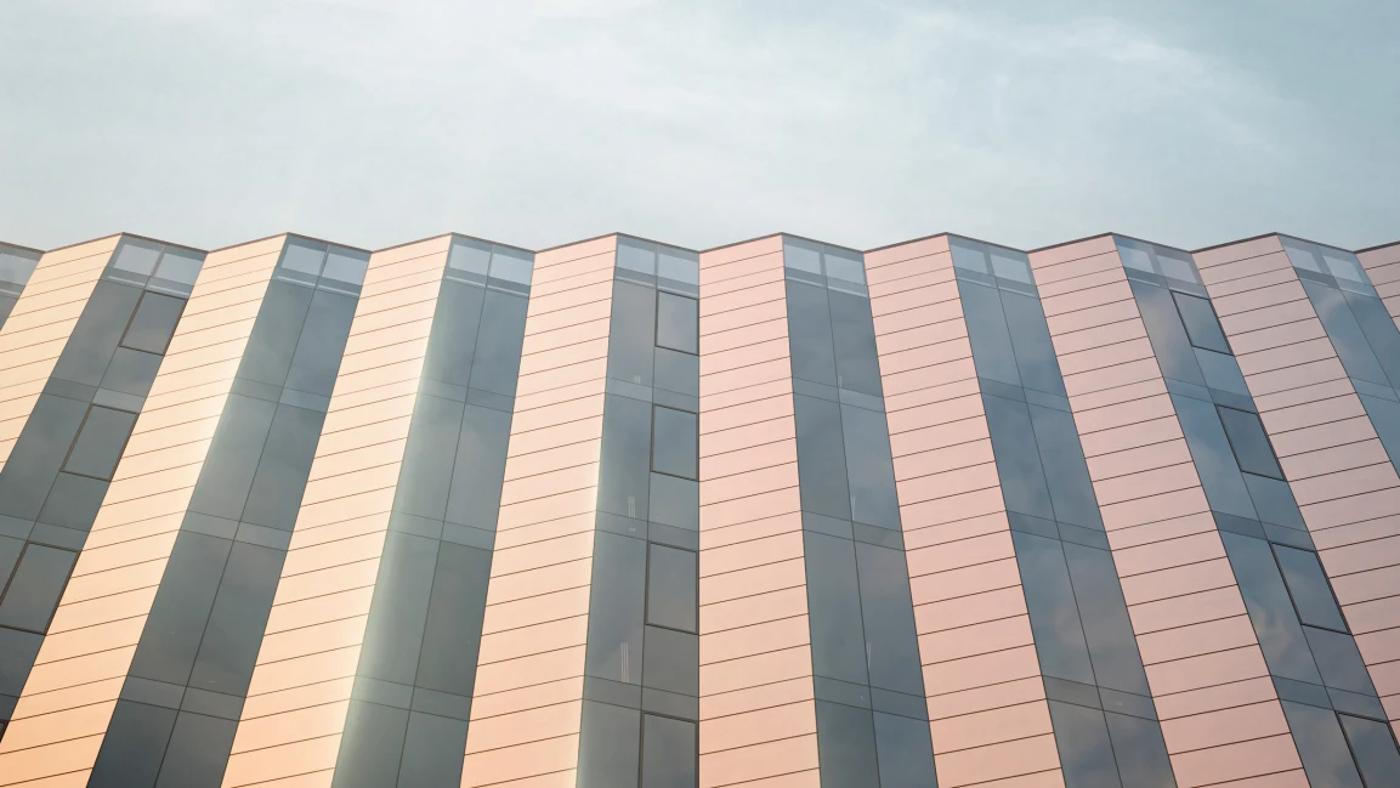
An eight-story high-rise office building in Melbourne is going to be covered in over a thousand solar panels with the aim of providing all its own electricity.
Australia, which is already the world’s great renewables powerhouse, and has powered entire states with solar and wind energy for as long as a week, is likely to feature more of these kinds of projects in the future, since solar panel designs are becoming more sophisticated and aesthetically flexible.
Clunky rooftop solar panels are still what most people will imagine when they hear that a building is generating solar energy. However one look at the West Melbourne Workplace gives no indication whatsoever that the building is solar powered.
That’s because the designers from Studio Kennon have used panels designed by German-solar firm Avancis, which designs panels to look as much like an ordinary glass building façade as possible. Avancis façade panels have been used across Germany to fit different conditions, with darker or lighter colored panels tailored to fit the needs of clients and weather conditions. Recently, their panels graced the world’s tallest wooden skyscraper in Sweden.
“The building is designed to be self-sustainable,” architect Pete Kennon, who led the design, told Fast Company. “We can harness electricity on-site and use it immediately. This is very different to buildings that are offsetting their on-site power with remote solar or wind farms.”

One advantage is the lack of infrastructure needed to bring the energy from the energy farm to the building, saving carbon from construction. Kennon feels solar paneling is the logical next standard-issue step for tower construction. To that end, they’ve ordered 1,182 panels for the façade and roof of the Melbourne tower.
At the moment they are in the final stages of approval from regulators, but if the all-clear is given to proceed with the build, it will be the first building Down Under to use the technology.
MORE: One of the Most Beautiful Green Buildings in the World is a Winery
Other pioneers have made colored solar panels built from vegetable waste that harvest energy without need of direct sunlight. The panels can be bent—in almost any way, to fit any building façade.
HELP Good News Soar; Share This Story…




















